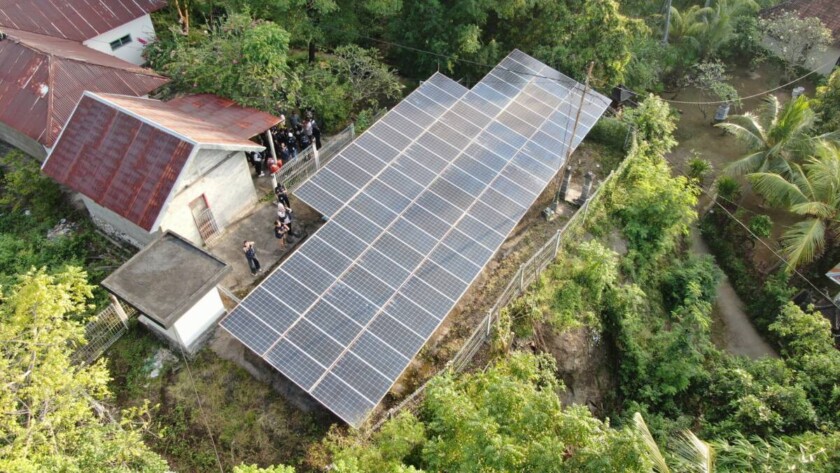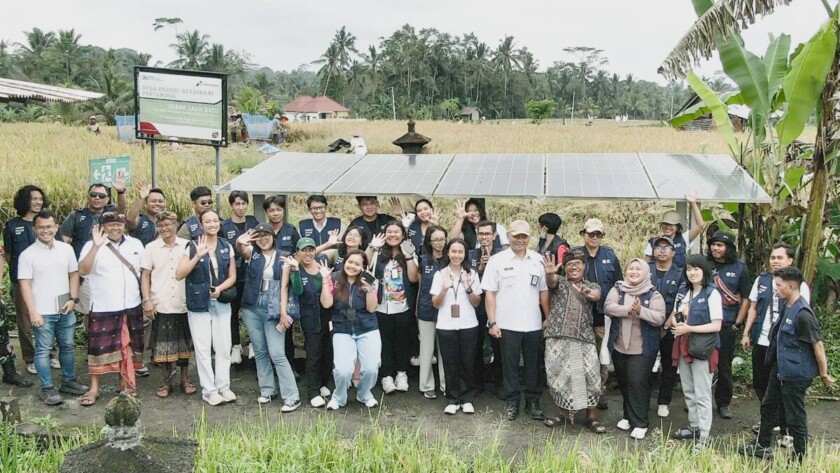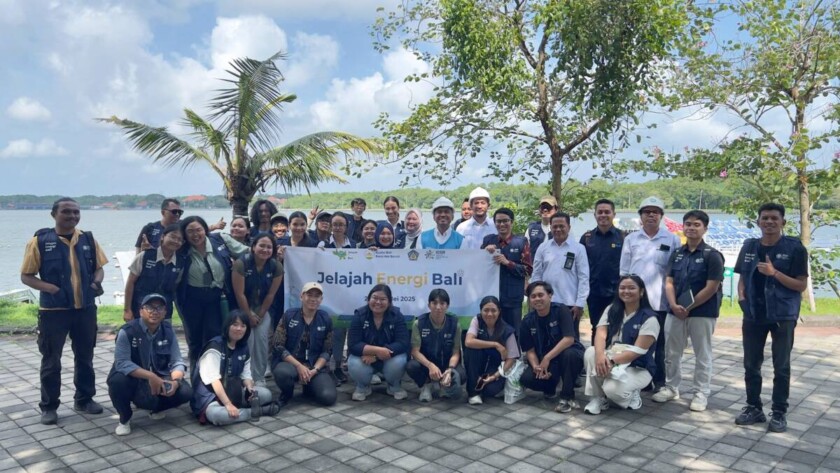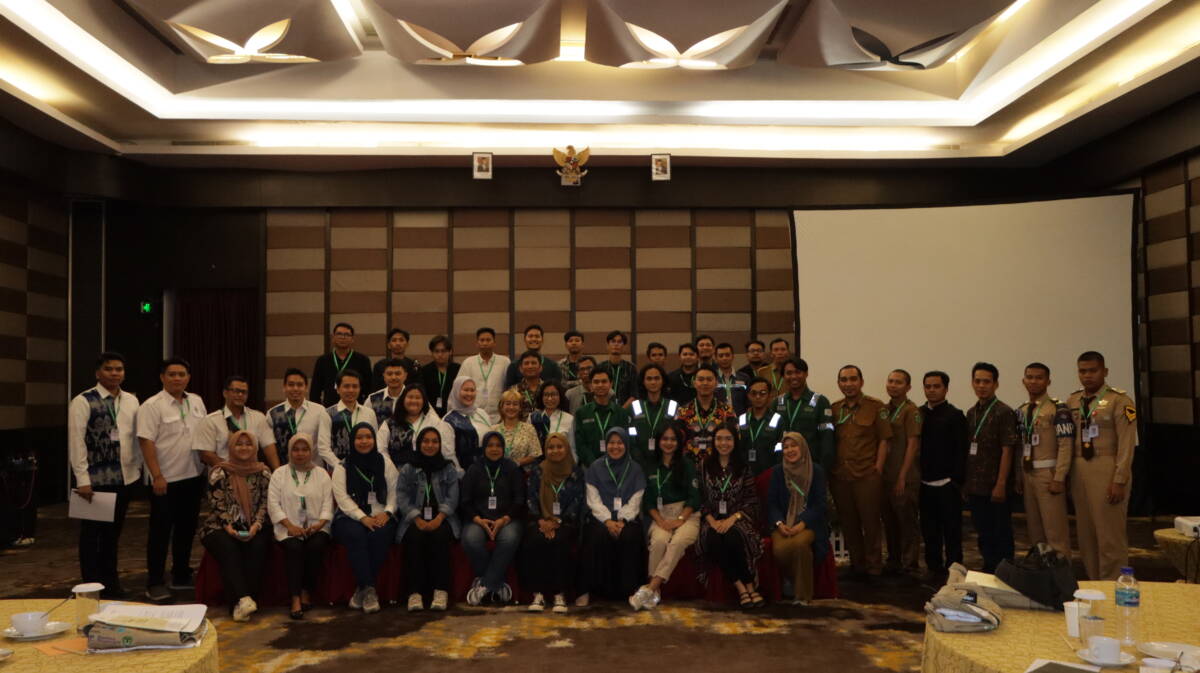Karangasem, May 22, 2025 – The sun hung fiercely overhead as the Jelajah Energi Bali (Bali Energy Exploration) delegations set foot in Kubu District on the fourth day of their journey. Kubu, located in Karangasem Regency at the easternmost tip of Bali, is known for its volcanic terrain and arid coastline. The soil…












